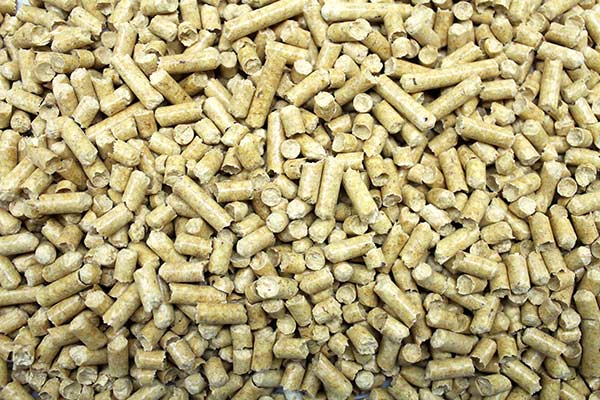
We’ve all been there – in a moment of haste or carelessness, we might make a decision that seems harmless at the time. But when it comes to plumbing, certain actions can have unforeseen and potentially costly consequences. One such action is flushing condoms down the toilet. While it might seem like a quick and easy solution, this seemingly innocuous act can lead to a cascade of plumbing problems and environmental damage. This article will delve into the reasons why flushing condoms is a bad idea, explore the potential issues it can cause, and provide practical solutions for addressing condom blockages and preventing future occurrences.
This article will first examine the specific ways in which flushing condoms can wreak havoc on your plumbing system. We’ll then discuss the environmental implications of this practice. Next, we’ll outline the steps you should take if you find yourself facing a condom blockage. Finally, we’ll emphasize the importance of proper condom disposal to prevent future plumbing woes and protect our environment.
Flushing Condoms & Plumbing Problems
Flushing condoms down the toilet can lead to a variety of plumbing problems due to their unique composition and size. Condoms are typically made from latex or polyurethane, materials that don’t break down easily in water. This means they can accumulate in your pipes, forming stubborn blockages that restrict water flow.
The shape of a condom also contributes to the problem. Their elongated form can get lodged in bends and narrow sections of your plumbing system, creating an even more difficult blockage to remove. As water continues to flow, pressure builds up behind the obstruction, potentially causing leaks, bursts, or backups in your drains and toilets.
These blockages can be incredibly frustrating and costly to repair. Not only will you need to call a plumber to address the issue, but you may also face damage to your pipes and fixtures, leading to additional expenses.
Condom Blockages
Condom blockages are a common plumbing problem that can occur in both residential and commercial settings. They often manifest as slow-draining sinks, toilets that won’t flush properly, or even sewage backups.
Identifying a Condom Blockage
If you suspect a condom blockage, there are several telltale signs to look out for:
- Slow draining: Water drains from your sink or tub at a significantly slower rate than usual.
- Gurgling sounds: You hear gurgling noises coming from your drains when water is running.
- Toilet backups: Your toilet struggles to flush properly, and water may overflow into the bowl.
Consequences of Ignoring a Condom Blockage
Ignoring a condom blockage can lead to serious consequences:
- Increased pressure: The buildup of pressure behind the blockage can damage your pipes and fixtures.
- Sewage backups: If the blockage is severe enough, it can cause sewage to back up into your home, creating unsanitary conditions and posing health risks.
- Expensive repairs: Addressing a severe blockage often requires professional plumbing services, which can be costly.
Environmental Impact of Flushed Condoms
Flushing condoms down the toilet has detrimental effects on our environment. While they may seem small and insignificant, these rubbery contraceptives contribute to a growing problem: plastic pollution.
Plastic Pollution in Waterways
Condoms are primarily made from latex or polyurethane, both types of plastics that don’t decompose naturally. When flushed, they end up in waterways, where they can persist for hundreds of years, harming marine life and ecosystems. Animals may mistake condoms for food, leading to ingestion and entanglement, which can cause suffocation, starvation, or internal injuries.
Microplastic Contamination
As condoms break down over time, they release microplastics into the water. These tiny plastic particles are ingested by fish and other aquatic organisms, entering the food chain and ultimately posing a risk to human health.
How to Fix a Condom Blockage
If you suspect you have a condom blockage, it’s crucial to address it promptly to prevent further damage. While attempting to remove the blockage yourself might seem tempting, it’s often best to call a professional plumber. They have the expertise and tools necessary to safely and effectively clear the obstruction.
DIY Solutions (Use with Caution)
If you’re determined to try a DIY solution, there are a few methods you can attempt:
- Plunger: Use a plunger to create suction and dislodge the blockage.
- Baking soda and vinegar: Pour baking soda down the drain followed by vinegar. The fizzing action may help break down the condom.
- Hot water: Flush hot water down the drain to see if it helps loosen the blockage.
Important Note: Be cautious when using DIY methods, as they may not be effective and could potentially worsen the situation.
Safe Condom Disposal
Preventing future plumbing problems starts with proper condom disposal.
Wrapping and Trashing
The safest and most responsible way to dispose of condoms is to wrap them in toilet paper and discard them in the trash. This prevents them from entering your plumbing system and causing blockages.
Alternatives to Flushing
Consider using a designated container for used condoms, such as a small bin or sealed bag. This can be especially helpful if you live in an apartment building or shared housing situation.
Conclusion
Flushing condoms down the toilet may seem like a convenient solution, but it’s a practice that can lead to significant plumbing problems and environmental damage. By understanding the risks involved and adopting safe disposal methods, we can protect our homes, our communities, and our planet. Remember, proper condom disposal involves wrapping them in toilet paper and discarding them in the trash. Let’s make responsible choices for a healthier and more sustainable future.
